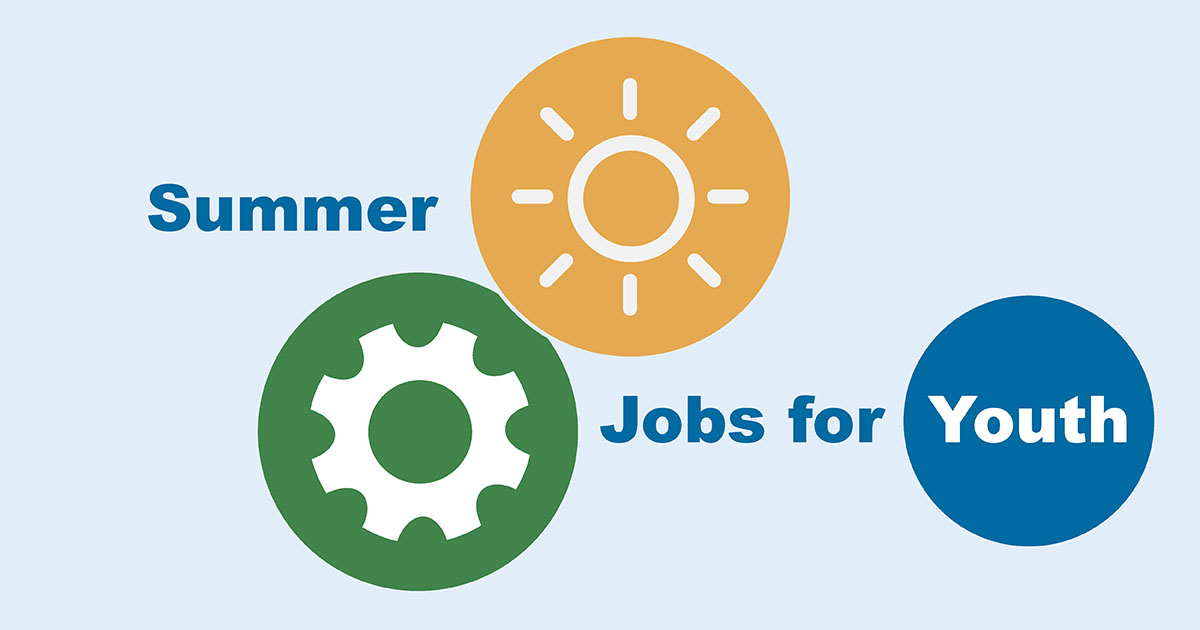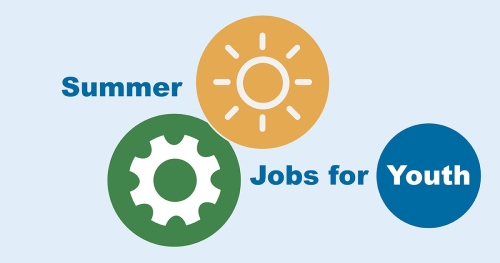A Study of the Implementation and Impacts of New York City’s Summer Youth Employment Program
Summer Youth Employment Program (SYEP)

Overview
This MDRC study assesses the academic and labor market impacts of New York City’s Summer Youth Employment Program (SYEP), the nation’s largest summer jobs program for young people.
The federal government has greatly reduced its funding for summer job programs. These programs, however, have attracted increased attention in light of the unprecedented increase in unemployment rates among youth over the past two decades. Recent research suggests that participating in summer jobs programs (or summer jobs in general) can have positive impacts on young people’s academic outcomes in the short run. To date, there has been little rigorous research examining whether summer jobs positively impact young people’s employment and postsecondary outcomes. This study, which follows youth for up to eight years, assesses the impact of SYEP and provides crucial information to inform national, state, and local policy for youth.
Additional Project Details
Agenda, Scope, and Goals
New York City’s Summer Youth Employment Program (SYEP) is operated by community-based nonprofit organizations that are funded and overseen by New York City’s Department of Youth and Community Development (DYCD). SYEP offers youth ages 14 to 24 a combination of real-world work experience and life skills training workshops focusing on job readiness and academic success skills. SYEP provides opportunities for youth to work, earn income, gain important job readiness skills, build financial literacy, connect with adult mentors, and increase their knowledge of education and career options. The program primarily serves low-income youth.
By rigorously studying SYEP, MDRC is assessing the impact that programs of this type have on young people’s academic and adult labor market outcomes. This two-year project began October 1, 2014, and ends September 30, 2016.
Design, Sites, and Data Sources
This project will use retrospective data from the program’s lottery system to construct an experimental sample. In other words, MDRC did not conduct random assignment; the program had already randomized the sample. The sample includes 2005 through 2014 cohorts, totaling more than 400,000 individuals. MDRC will also collect data on program implementation and the experiences of youth by conducting surveys and interviews with program providers and a small sample of applicants in 2015.







